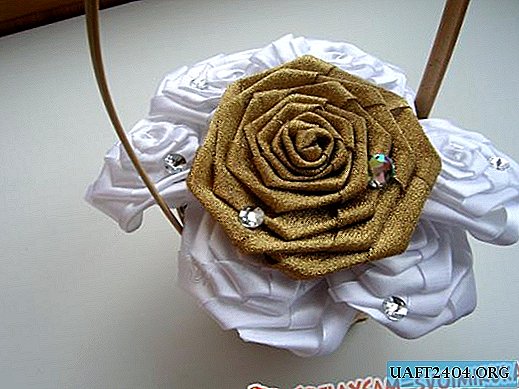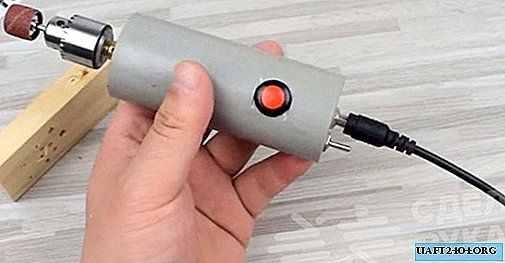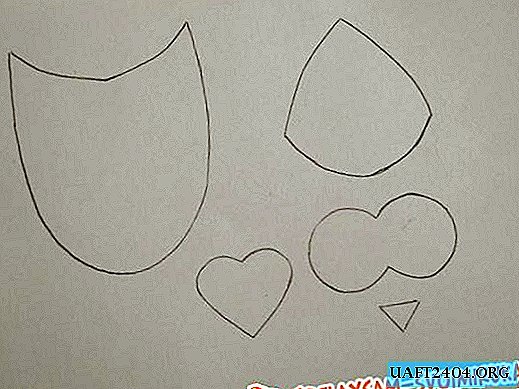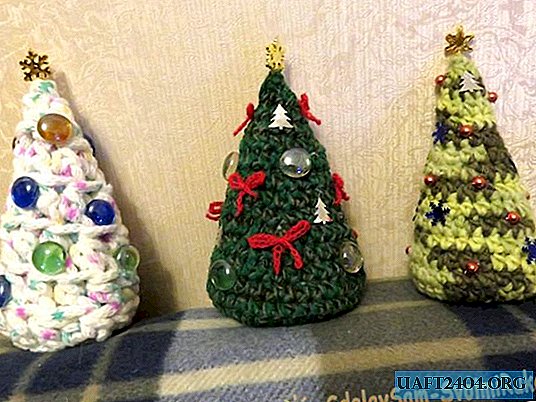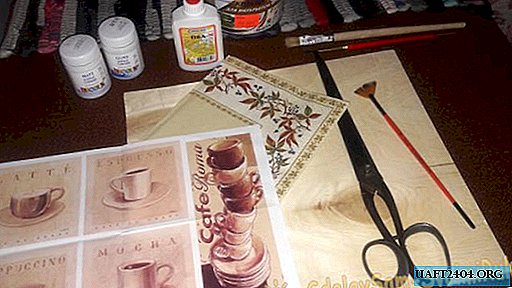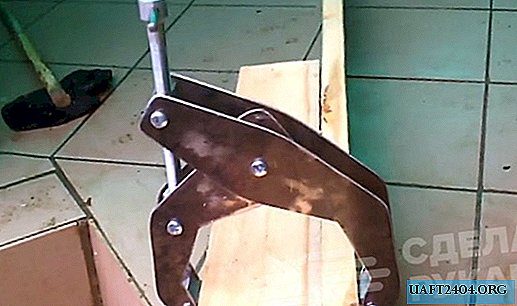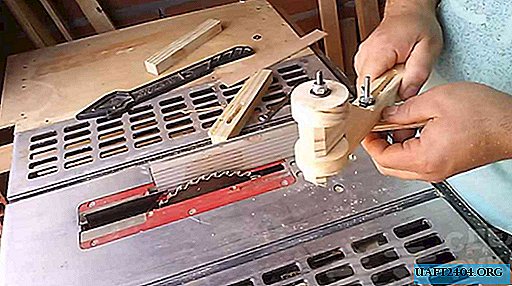Share
Pin
Tweet
Send
Share
Send
For postcards you need:
- a piece of white or gray cardboard for the base of the card size 27x20.5 cm;
- a piece of plain color cardboard for the front of the card measuring 20.5 x 13.5 cm, in this case, plain cardboard with a metallic effect was used;
- a decorative detail 16x7 cm in size, in the manufacture of this postcard a motif cut from a piece of ordinary wall-paper was used, but you can use any picture you like from the cover of a notebook or from a magazine, it is desirable that the picture was made of thick paper or cardboard;
- a piece of guipure lace braid with a scalloped edge about 10 cm long and 3 cm wide;
- shreds of organza, in extreme cases, if there is no organza, you can replace it with artificial chiffon;
- satin ribbon with a width of about 0.75 cm and a length of about 60 cm;
- 3 beads, beads or pearls for the middle of the flowers.
In addition, additional materials will be required:
- a needle with a thread in the color of a satin ribbon;
- stationery or construction double-sided tape 1 cm wide;
- scissors;
- a pencil and a ruler in order to cut parts from cardboard;
- matches and candle for singeing organza slices.
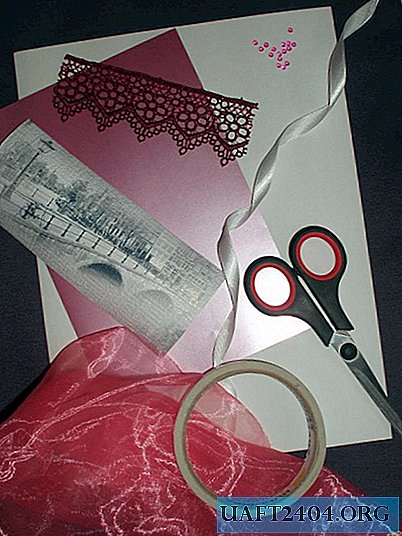

Also, in addition to all of the above, of course, you can not do without skillful pens, a fresh portion of inspiration and unstoppable imagination, because it is unlikely that you can repeat exactly the thing done manually by yourself, and you will have to create your own masterpiece!
So, for starters, we work with a small motif, which in this case was cut from dense wallpaper. We decorate the right edge with a scalloped rim. To do this, simply glue a strip of double-sided tape on the front side of the motif, and then we put guipure tape on the adhesive strip so that the festoons look beyond the edge of the motif and subsequently overlap the background.


Gently press the braid so that it is well fixed, and turn over the decorative element. We cut off excess braid and unnecessary scallops, leaving 1.5 cm allowances on each side. We glue them with pieces of double-sided tape on the wrong side of the motif from the wallpaper.



Now our little motive is ready. We glue it on a piece of colored cardboard, which will be the front of the card. For this we use double-sided tape. We glue especially carefully the side where the guipure braid is located. The front side of the card is almost ready.


Now we decorate the card with romantic and delicate floral elements. From satin braid we twist roses. We try to make them as flat as possible. No need to make them too large and bulky, roses with 2-3 rows of ribbon will be enough. The maximum diameter of the flower is not more than 1.5 cm. We sew the roses from the wrong side so that the thread does not "climb" onto the front side of the flower. Then we bring the thread to the middle and sew the bead. We take the thread back to the wrong side and fix it. In total, it is tedious to make three flowers. Although, of course, if you wish, you can make 5 or even more floral motifs.


To make the roses more decorated and refined, we will make stylized sepals for each flower from shreds of organza. To do this, cut three shreds with a diameter of about 4-5 cm. It does not matter that the shreds are uneven, you should not strive for an ideal circle.

We light a candle and carefully process slices of shreds on an open fire. Take care not to burn your fingers and burn the organza. To do this, do not bring the fabric too close to the fire - the slices should only slightly singe. If you keep the edge of the patch to the side of the flame, then the edges simply melt slightly without losing their shape. And if you bring a piece of fabric on top of the flame, then the edge will not only scorch, but also curiously bend, giving the patch a cup shape, a nest. Make sure that the entire perimeter of the cut was scorched, otherwise the unsealed edge threatens to bloom and “break out”. Thus, singe all three pieces of organza. After that, place the roses in the sepals of organza.


Take a thread with a needle and simply sew the resulting flowers with a double thread to the front of the card. Feel free to flash all layers at once: plain cardboard, motif from wallpaper, guipure lace, if roses are found on it, sepals from organza and the flower itself from ribbon. Thus, you securely fix your little creations on a postcard. 2-3 stitches per flower are enough. From the wrong side, for greater reliability, it is possible to glue the place of stitches and threads with tape or a drop of glue.

Now we have one last task left: to collect the front side of the card, already decorated with motif, lace and flowers, and the base of the card. To begin with, bend the base of the card in half so that it is 13.5x20.5 cm when folded. To make the fold line even and neat, you can firmly attach a ruler to it and gently draw a thick needle at the site of the future fold, as if scratching a straight line. This is especially recommended if the cardboard is very thick and dense.
Having bent the base in half, paste it around the entire perimeter with strips of double-sided tape. Make sure that the corners are always glued. You can also stick a couple of strips in the middle for added strength.

Carefully separate the top layer from the strips of tape and press the front side of the postcard to the base. Compress all glued spots well. Now your card is ready to please the addressee with a romantic congratulation!





Share
Pin
Tweet
Send
Share
Send

